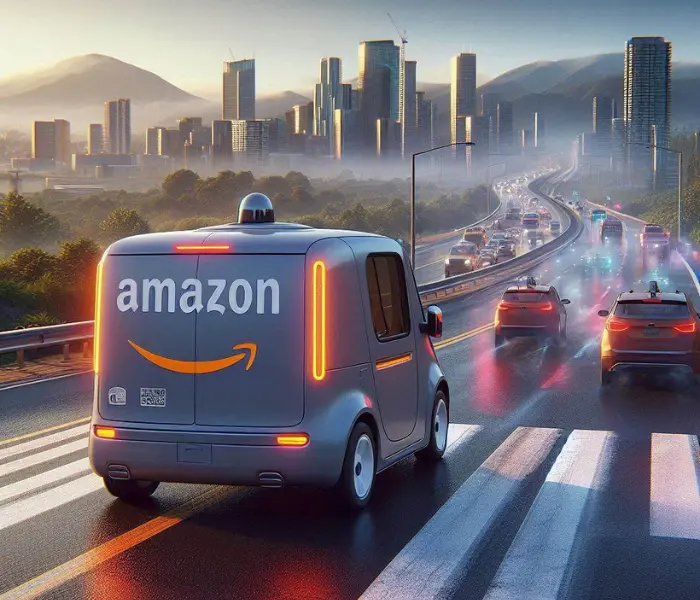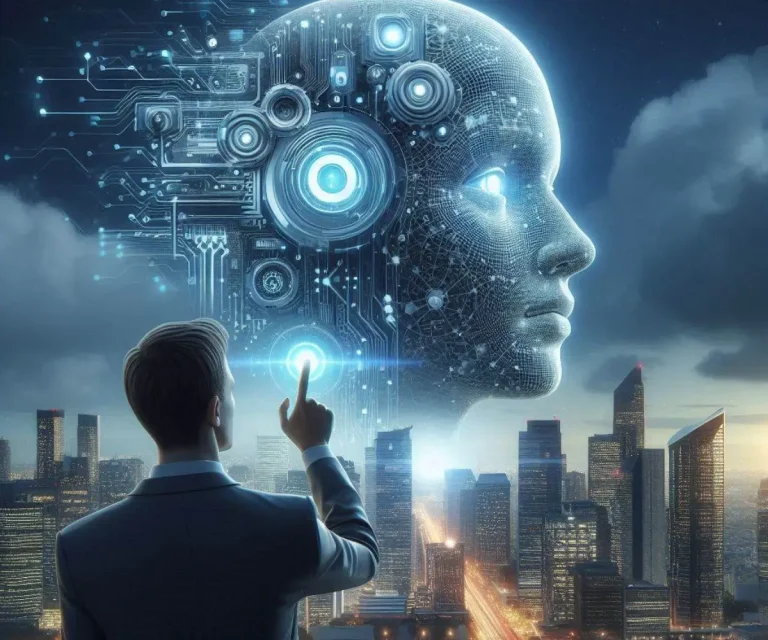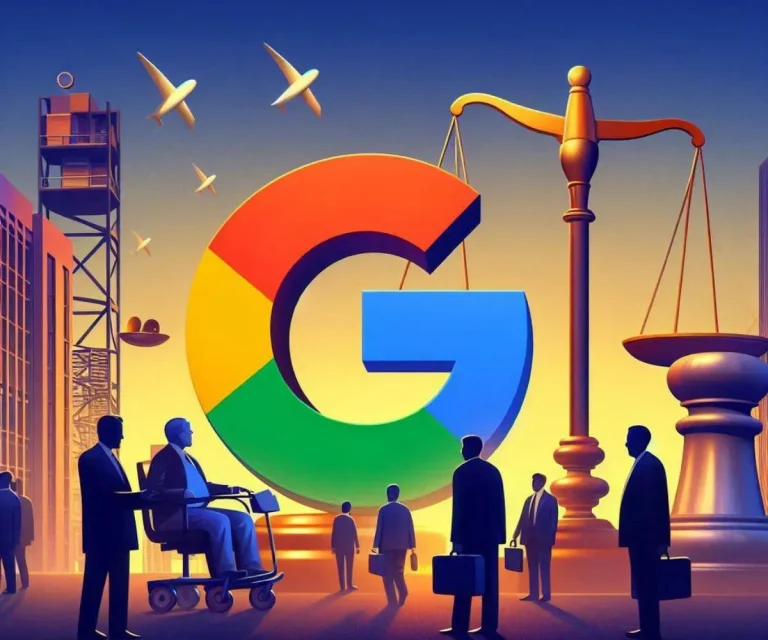NHTSA Investigates Amazon’s Zoox Self-Driving Vehicles
The U.S. National Highway Traffic Safety Administration (NHTSA) has initiated an investigation into Zoox, the self-driving vehicle division of Amazon.com, following two rear-end collisions caused by unexpected braking. The agency is currently collecting video evidence and documents related to the incidents from Zoox to better understand the circumstances and potential risks associated with these self-driving vehicles.
Investigation Details
Background of the Incidents
This month, the NHTSA began looking into two separate incidents involving Zoox vehicles. In both cases, the autonomous cars engaged in sudden, unexpected braking, which led to rear-end collisions. The specific details surrounding these events, such as the exact locations and conditions, have not been disclosed. The investigation aims to determine whether there are systemic issues with the braking systems of Zoox’s self-driving technology.
Data Collection
The NHTSA has requested video footage of the accidents and comprehensive documentation from Zoox. This information is crucial for the agency to analyze the behavior of the vehicles and identify any patterns or defects that may pose a risk to road users. The focus is primarily on the sudden braking incidents and understanding the software and hardware mechanisms that triggered them.
Potential Risks
Sudden Braking Concerns
One of the primary concerns raised by the NHTSA is the potential danger posed by unexpected rapid braking. This kind of abrupt stop can significantly increase the risk of collisions, especially for vehicles following closely behind the Zoox cars. Drivers may not have enough time to react, leading to accidents and possible injuries. The agency emphasized the importance of predictable behavior in self-driving technology to ensure the safety of all road users.
Impact on Road Safety
The incidents have sparked a broader discussion about the safety and reliability of self-driving vehicles. Autonomous technology promises to reduce human error and enhance road safety, but these incidents highlight the challenges and potential pitfalls that come with its implementation. Ensuring that self-driving cars can interact safely with human drivers is a critical aspect of their development and deployment.
FAQs
What is the purpose of the NHTSA investigation?
The NHTSA investigation aims to gather detailed information about the two rear-end collisions involving Zoox vehicles. By analyzing video footage and related documents, the agency seeks to understand the root cause of the sudden braking incidents and assess whether they represent a broader safety issue.
How does sudden braking affect road safety?
Sudden, unexpected braking can lead to rear-end collisions, particularly if following drivers are unable to anticipate the stop. This can result in property damage, injuries, and potentially fatal accidents. The predictability and reliability of braking systems are crucial for maintaining road safety.
What steps is Zoox taking in response to the investigation?
Zoox is cooperating with the NHTSA by providing the requested video footage and documentation. The company is likely conducting its own internal review to address any potential issues with its self-driving technology and ensure that similar incidents do not occur in the future.
How might this investigation impact the future of self-driving vehicles?
The outcome of this investigation could have significant implications for the self-driving vehicle industry. If systemic issues are found, manufacturers may need to implement changes to improve safety protocols. The investigation highlights the importance of rigorous testing and validation for autonomous technology before widespread deployment.
Final Thoughts
Ensuring the Safety of Autonomous Vehicles
The investigation into Zoox’s self-driving vehicles underscores the complexities and challenges of developing safe and reliable autonomous technology. While self-driving cars hold great promise for improving road safety by reducing human error, incidents like these highlight the need for continuous oversight and improvement. The NHTSA’s proactive approach in seeking comprehensive data and conducting thorough investigations is vital in ensuring that self-driving vehicles meet the highest safety standards.
The future of transportation is undoubtedly leaning towards automation, but it is crucial that advancements are made with meticulous attention to safety and reliability. As self-driving technology evolves, ongoing collaboration between regulatory bodies, manufacturers, and the public will be essential to build trust and ensure the safe integration of autonomous vehicles into our transportation systems.

Alex Sanchez has an MBA degree specializing in finance. He has extensive knowledge in finance and his deep passion for writing and analysis is well-known for its precision and plenitude. Alex loves reading, classical music, chess, and dogs. He continues to inspire through blogging and writing, focusing on the Business category.
Email: [email protected]
Address: 455 Park Avenue, Worcester, MA 01605, USA
Contact number: 508-462-7042




